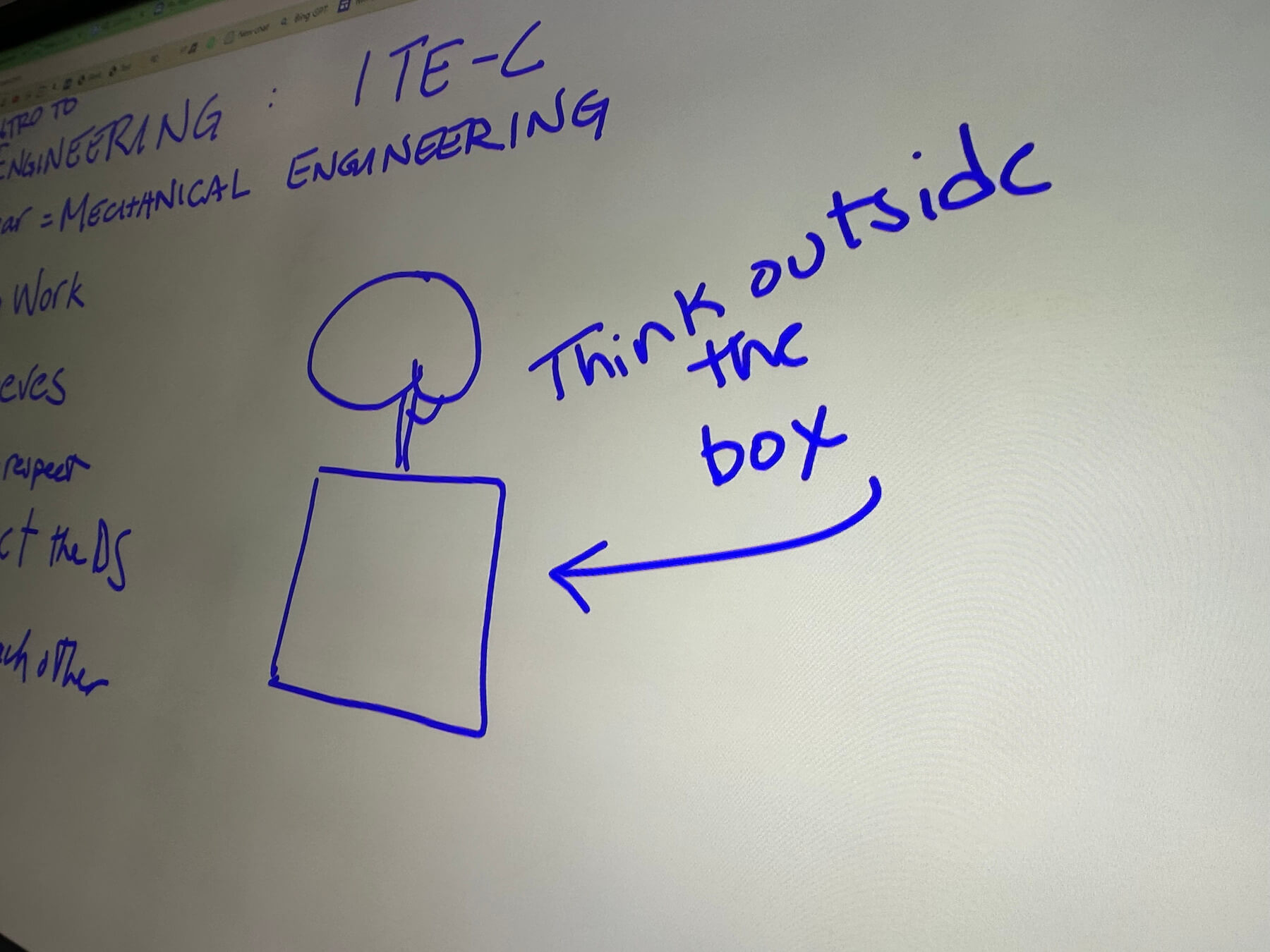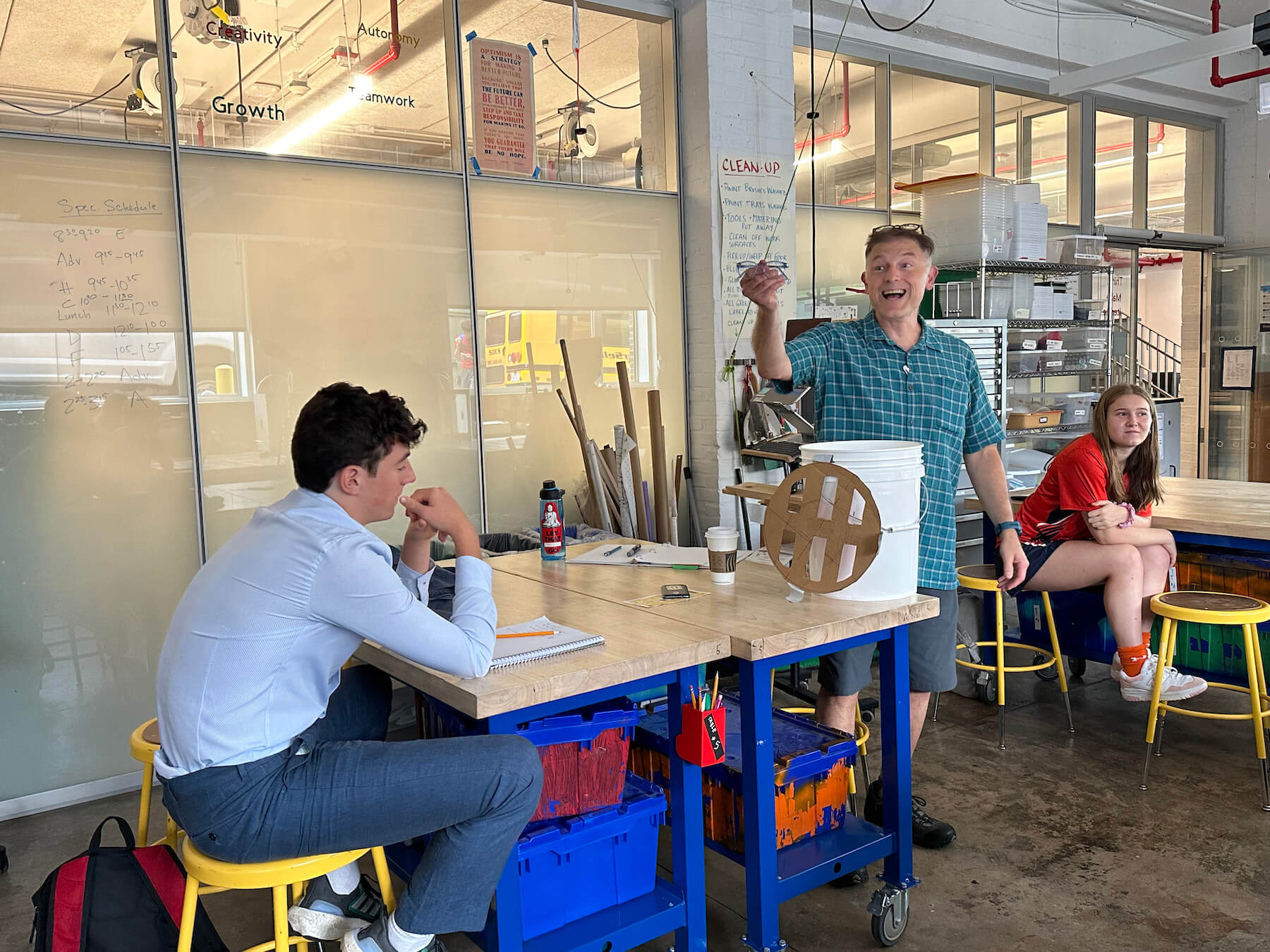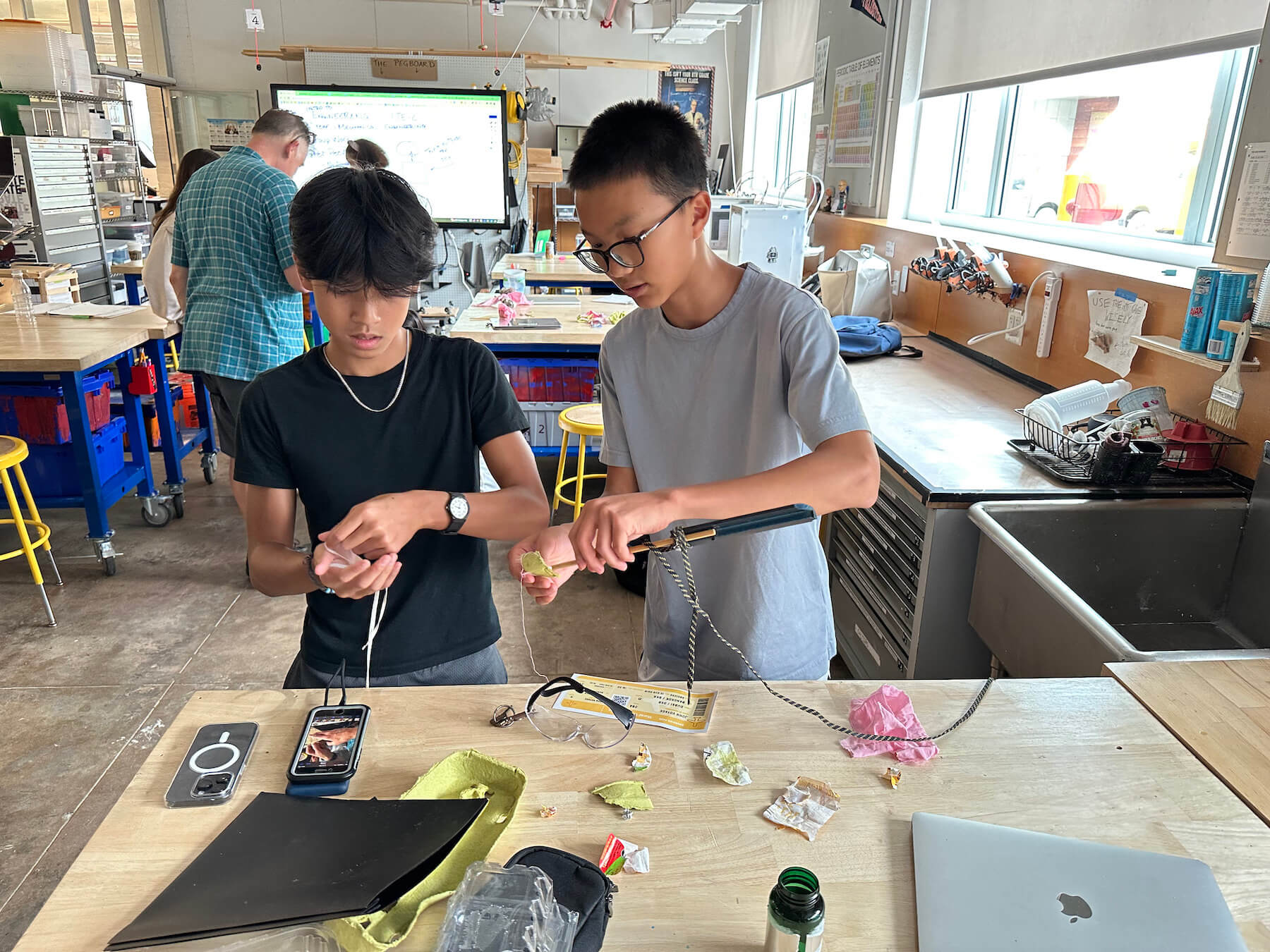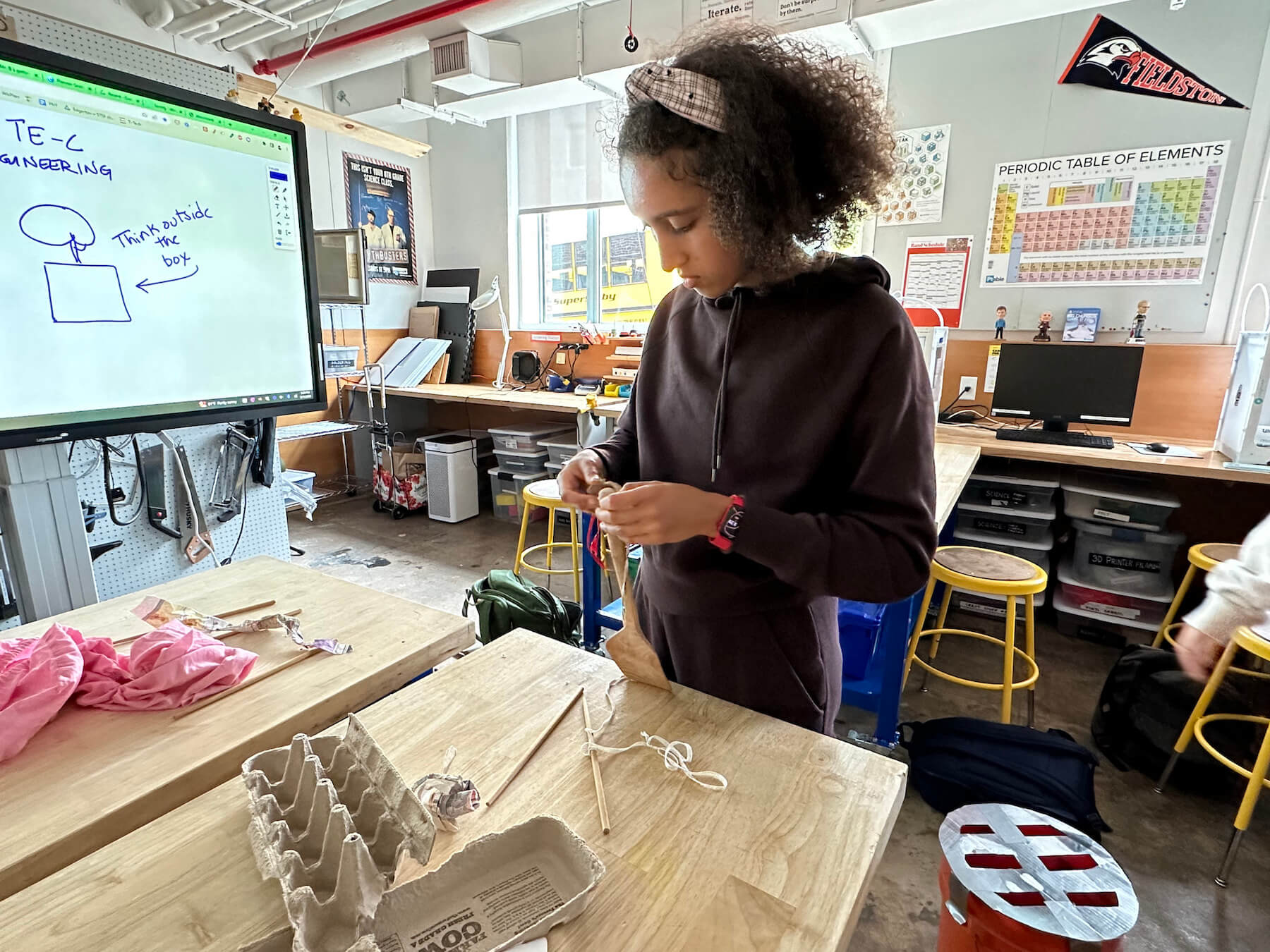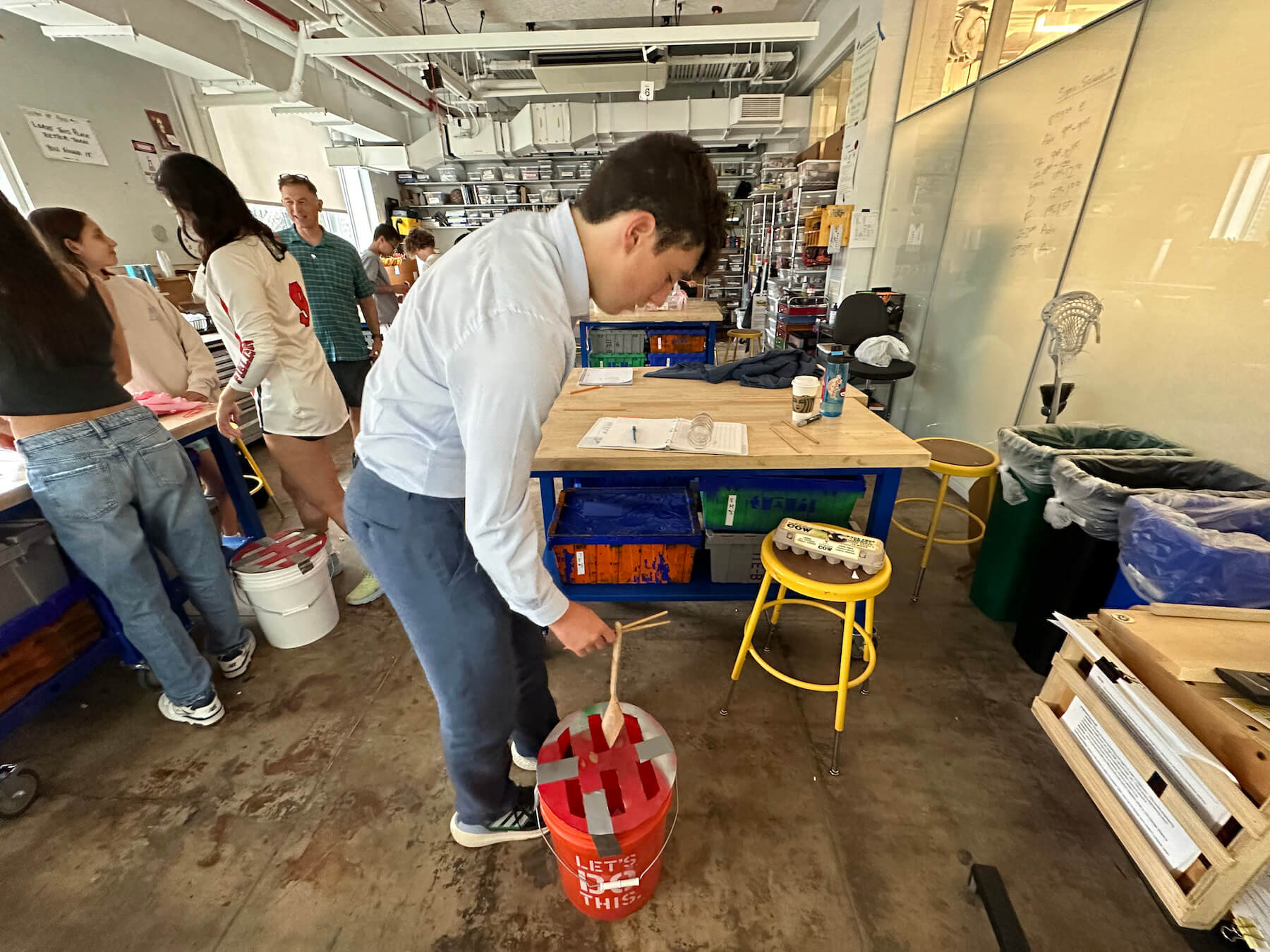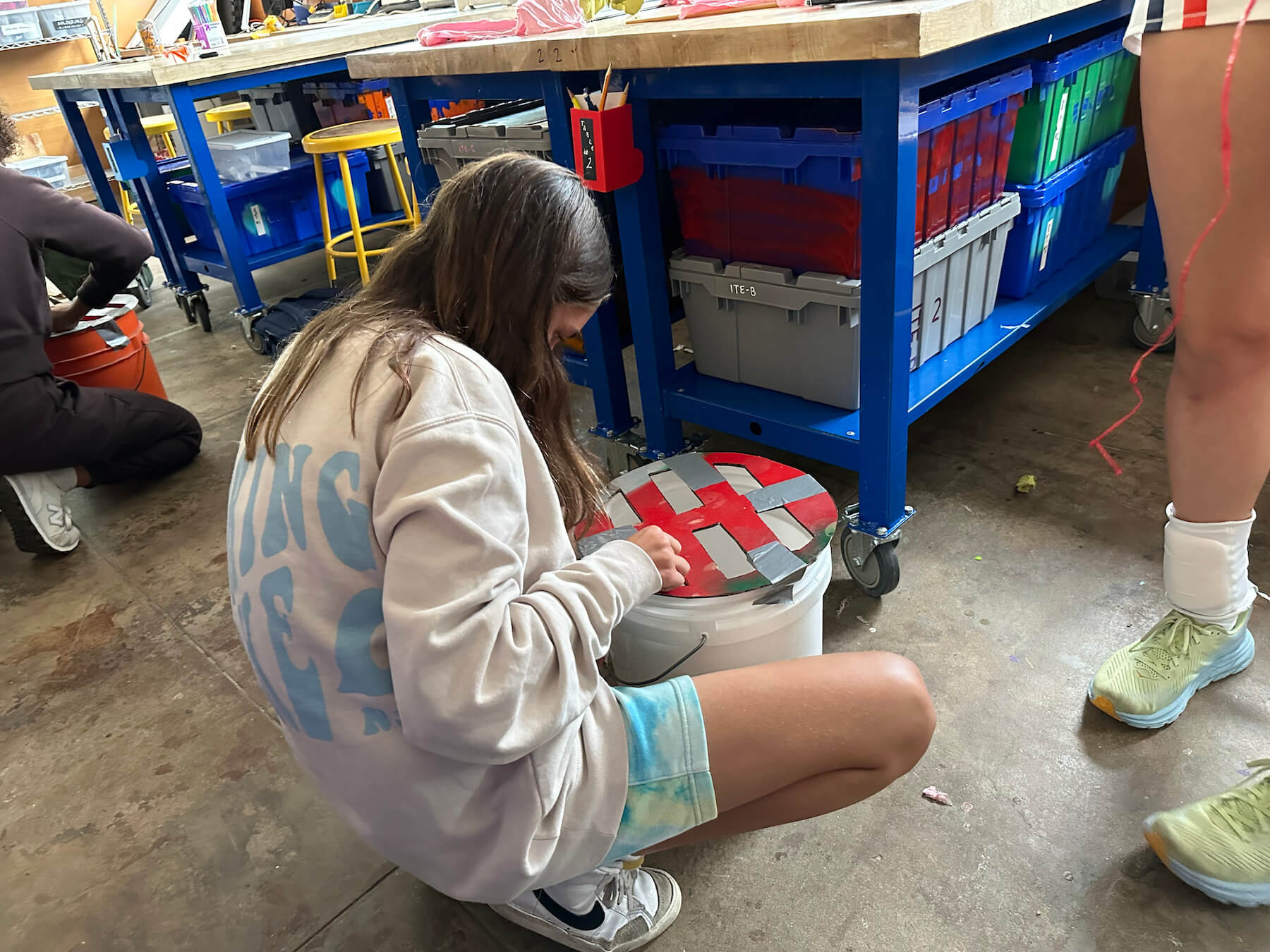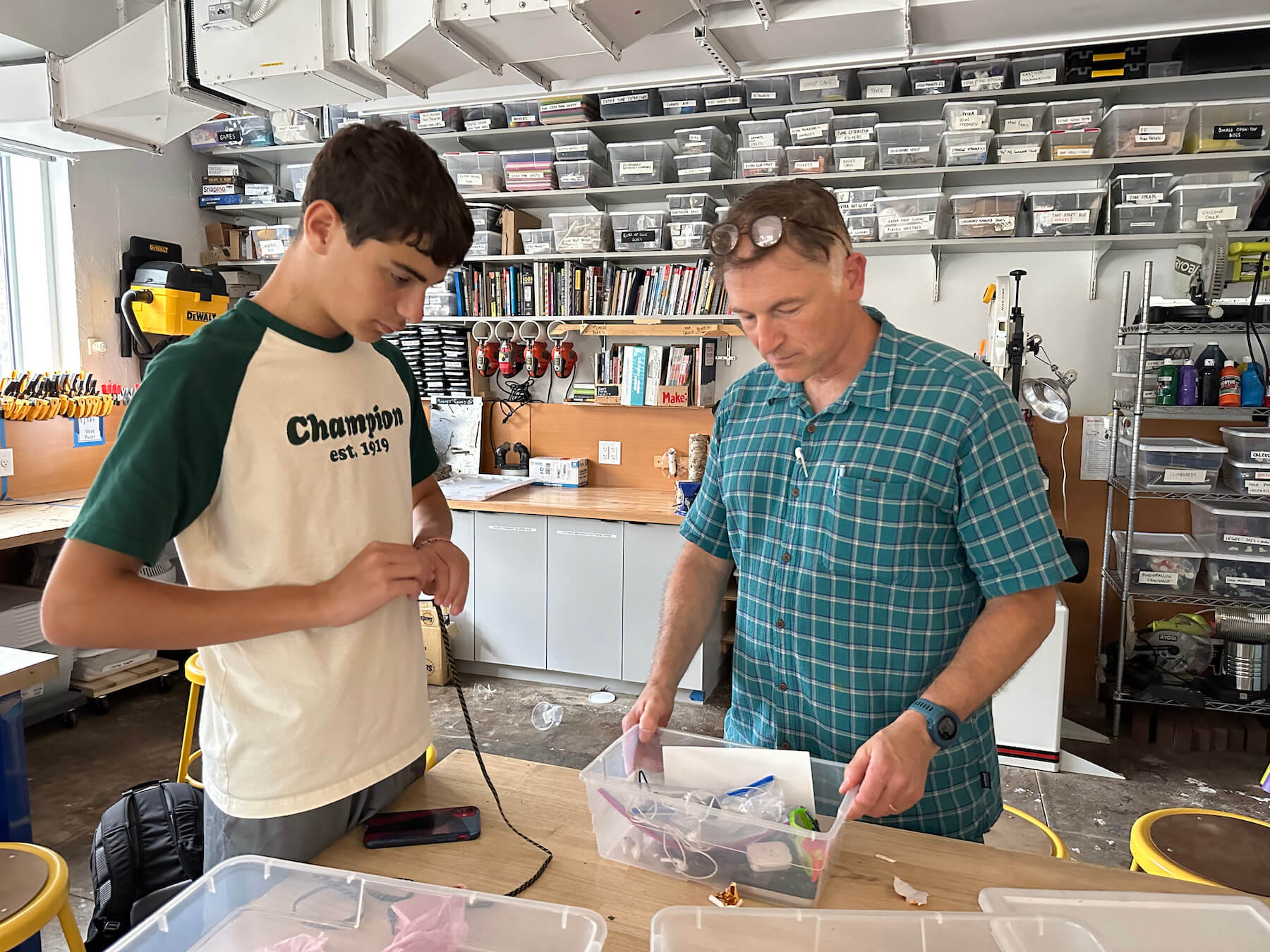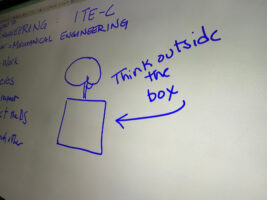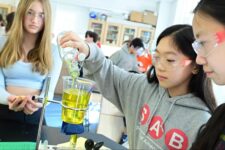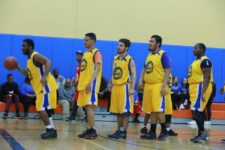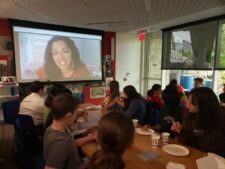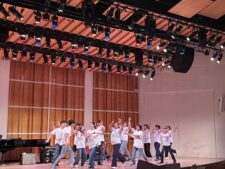During the academic year, you’ll likely find John Baglio, Fieldston Middle and Fieldston Upper Engineering and Science Teacher, in the Design Studio. There, he teaches students to think like engineers, encourages entrepreneurial inventions, and empowers students to explore the math, science, and technology of making things work. His students’ first activity of the year simulated retrieving dropped items from a storm drain, or bucket, with makeshift tools students made from string, fabric, and hooks.
But instead of using summer vacation to step away from lesson plans, Baglio spent his time in a very different type of classroom. He participated as a visiting instructor at the MIT Edgerton Center, which specializes in training educators on sharing maker, science, and engineering lessons with Kindergarten–12th Grade students.
“I found out about Edgerton through an online post for experienced teachers to come and participate in a year-long program called ‘Master Making in the Classroom’ in 2018,” Baglio says. “The goal was to teach educators how to integrate maker-type projects into a broader project-based learning context. The cohort met up for an immersive long weekend in October 2018 at MIT, and then we went back one weekend a month for the rest of the school year. That was my first exposure to MIT and the Edgerton Center, and I had been wanting to get back to the thrill of learning there for years.”
In December 2022, Baglio joined an online workshop led by Diane Brancazio and Justin Schmidt, the director and the assistant director of the Edgerton Center, and when he stayed on the call afterwards, the opportunity of teaching two summer sessions there arose.
While leading engineering lessons were right in Baglio’s wheelhouse, instructing teachers ranging from little to years’ worth of engineering knowledge and experience was a new challenge. “My role [at MIT] was more of a coach, but it is mostly that at Fieldston as well,” he says. “I basically know the starting level of students on a given skill or concept; at MIT, that was less clear. I would always try to approach them gently and with inquiry to determine what they need before dispensing knowledge. It just underscored the importance of respect when approaching any teaching situation.”
At MIT, Baglio supervised an intensive introduction to maker skills, studying hand craft, program, digital fabrication, and physical computing projects, and a workshop on project-based learning and integrating maker technology into different subject areas. Diverse participants included Alaska Native educators, teachers and administrators from nationwide Jewish day schools, and teachers from as far as Hawaii and Belize.
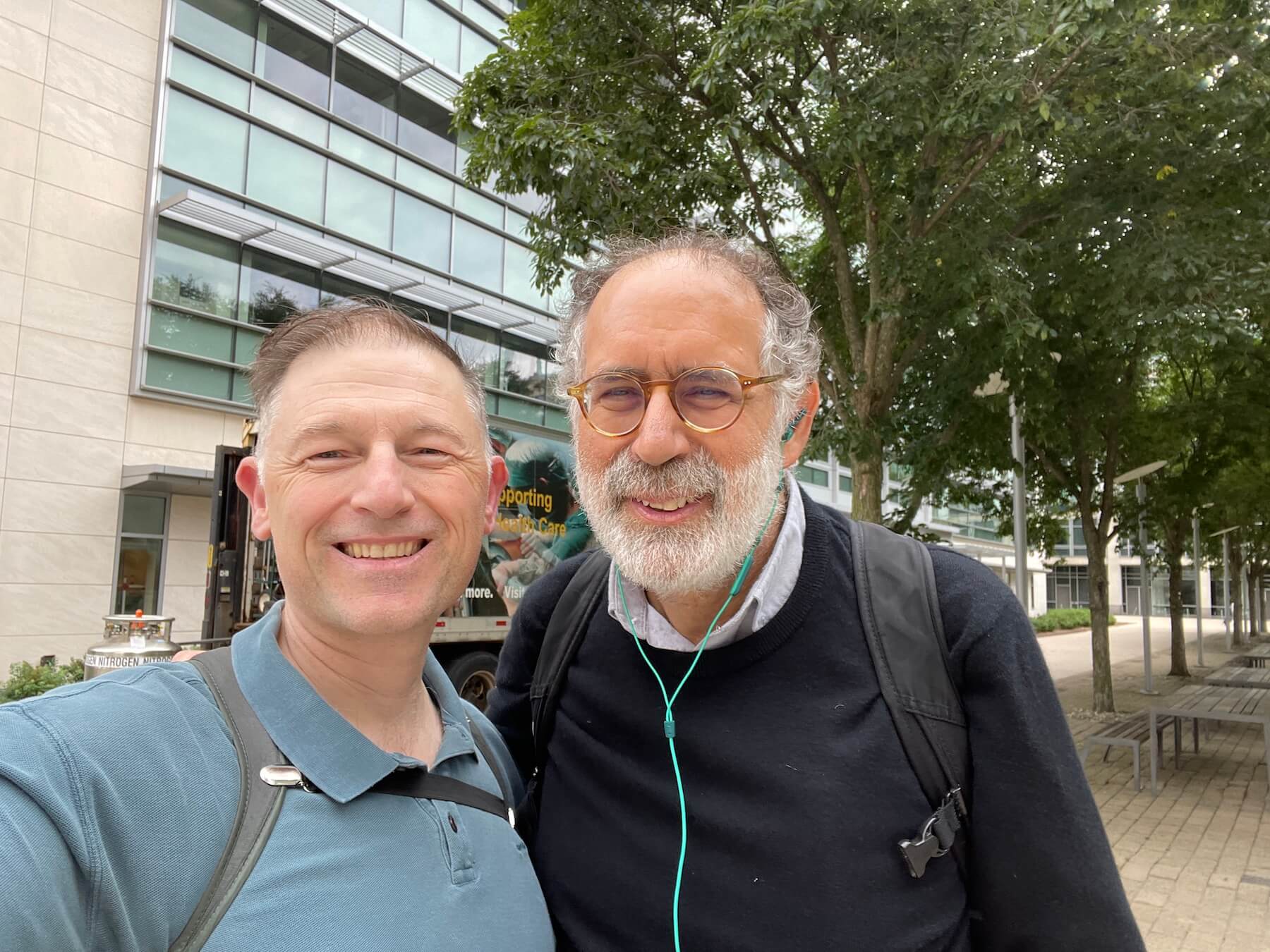
Stepping outside a typical school environment also inspired Baglio to reconsider his teaching style. “It really got me thinking about how you can fine-tune the challenge, structure, and time frame of a project just based on how much of the setup you do for the students,” he says. “The real magic is determining the right level of challenge so students grow as learners and engineers and they are pushed but aren’t bogged down in frustration with too many details. That continues to be the challenge in my discovery-based way of teaching.”
Additionally, working as a facilitator among adults softened his view of interdependence in the Fieldston community. “We are all responsible for helping each other learn and stay safe in the Design Studio,” he says. “Helping your fellow student is not cheating; it’s learning. The dials I try to adjust in class are those of competition and collaboration. A little competition can motivate, but too much can destroy the community feeling of the class and make some people feel very demotivated. We are all in this together.”
Community is a key element of Baglio’s engineering classes, as seen in his storm drain activity. “I always try to get kids moving and immersed in a challenge on the first day of class,” he says. “It calls on them to be resourceful and think outside the box while working with their new classmates. It conveys that the entire engineering program is about creating student agency. We live in a wonderful world, but one that has some very significant problems to solve. Engineering is about teaching the students that if you don’t like how something works, you can fix it, redesign it, create a solution, and make the situation better.”
